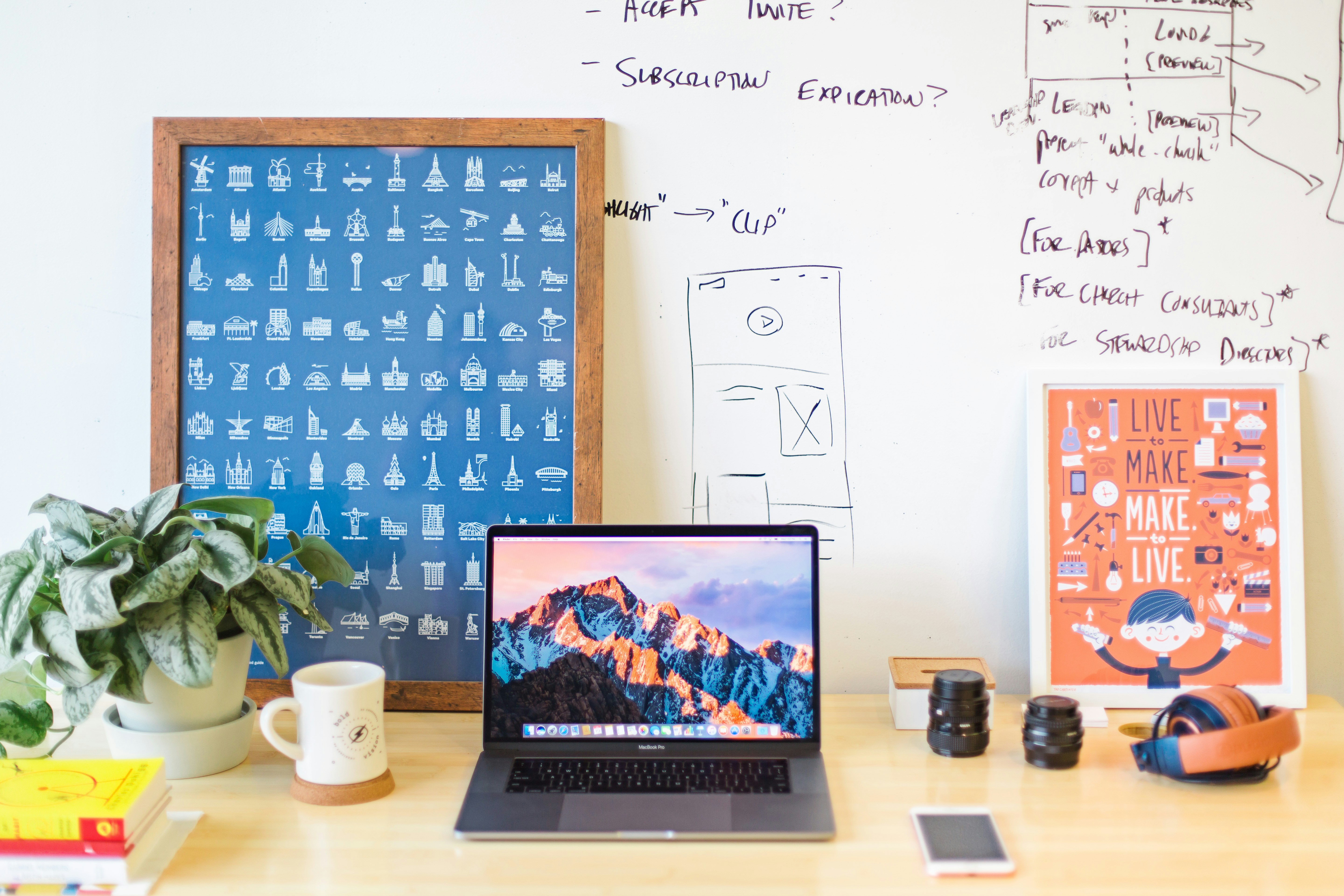“Riding the Wave: Understanding the Impact of Surface Computing”
Introduction: Surface computing, once a concept confined to the realm of science fiction, is now making waves in our everyday lives. This revolutionary technology brings digital interactions to the physical world, blurring the boundaries between the two.

The Origins of Surface Computing
Surface computing is not a new concept. The idea of interacting with digital content through physical objects has been around since the late 20th century. But it wasn’t until the 2000s that this concept started to gain traction. Microsoft was one of the early pioneers in this field with the launch of the Microsoft Surface in 2007, a tabletop touchscreen that allowed users to interact with digital content using natural motions, touch, and objects.
The Advancements and Current Trend
From those early beginnings, surface computing technology has evolved significantly. Today, it’s not just about touchscreens; it’s about transforming ordinary surfaces into interactive digital platforms. For instance, companies are now developing technologies that can turn walls, tables, or even pieces of paper into touch-sensitive interfaces.
As for the current trend, surface computing is finding its place in a variety of industries, from retail to healthcare. For example, retailers can use interactive displays to provide customers with more engaging shopping experiences, while hospitals can use touch-sensitive surfaces to simplify patient care and reduce the risk of infection.
The Role of Surface Computing in Our Lives
The promise of surface computing extends beyond just convenience. It offers a new way of interacting with digital content that feels more natural and intuitive. Instead of clicking a mouse or pressing buttons, you can simply touch, swipe, or even manipulate physical objects to control digital content. This can make digital interactions more engaging and immersive, opening up new possibilities for education, entertainment, and work.
The Market Impact and Pricing of Surface Computing
The market for surface computing is expected to grow significantly in the coming years. A recent report estimated that the global surface computing market would reach $6.7 billion by 2025, up from $1.1 billion in 2018. This growth is driven by the increasing demand for natural user interfaces and the proliferation of multi-touch devices.
As for pricing, it varies widely depending on the complexity of the technology. Basic touchscreens can cost as little as a few hundred dollars, while advanced interactive displays can cost several thousand dollars. However, as the technology becomes more widespread, prices are expected to fall.
The Future of Surface Computing
While surface computing has come a long way, there’s still much room for innovation. Future developments could include surfaces that not only respond to touch but also sense pressure, temperature, or even emotions. Imagine a world where your desk could sense your stress levels and adjust the lighting or music to help you relax. That’s the kind of future that surface computing could make possible.
In conclusion, surface computing is a fascinating technology that’s changing the way we interact with the digital world. From its humble beginnings to its current applications and future potential, it’s a field that’s well worth watching. As it continues to evolve, it’s set to transform our lives in ways we can only begin to imagine.





